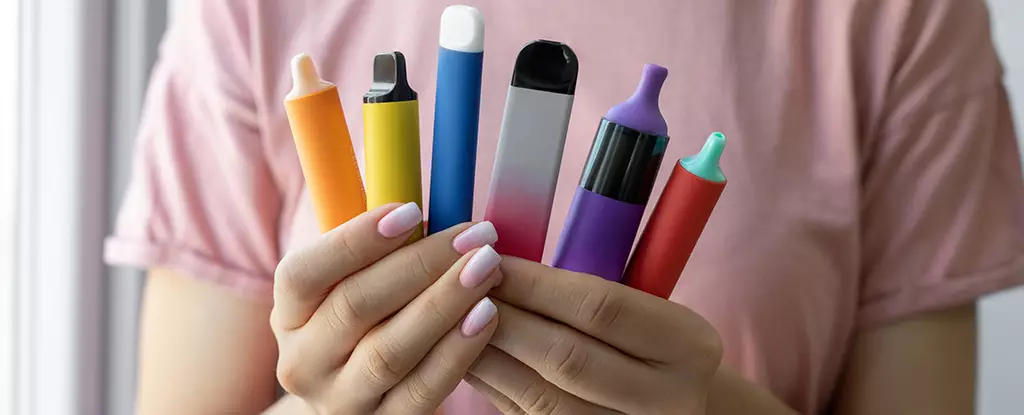The introduction of vapes or e-cigarettes as an alternative to traditional smoking about two decades ago seemed promising. However, the prevalence and usage of vapes have now become a cause for concern. Governments and regulators are only now beginning to catch up to the realization that vapes are addictive and unsafe. Recently, Australia passed an unprecedented bill that will prohibit the sale of vapes in general retail stores starting later this year. The bulk of vapes on the market today are single-use, disposable products aimed at attracting younger consumers.
Vapes can be divided into two categories: reusable and disposable (single-use), with the latter being more common. Reusable vapes come with a rechargeable battery, liquid refills, and a vast array of flavors to choose from. More complex vapes even boast features like customizable settings, colored LEDs, and small screens. Single-use disposables, on the other hand, contain standard components found in all e-cigarettes: a battery, pressure sensor, LED light, heating element, and an e-liquid reservoir.
Unlike reusable vapes, disposable vapes are not meant to be taken apart. They typically have aluminum housings with paint finishes and graphics, closed off with plastic parts at the ends. Disassembling them can be a challenging task, as the internal components are wedged or taped together within the main housing. These vapes also contain a lithium battery, despite being non-rechargeable. During a teardown of depleted single-use vapes, all tested batteries retained enough charge to power a light bulb for at least an hour.
Disposable vapes feature an air pressure sensor that’s similar to a microphone in its function, detecting a drop in pressure and closing an electronic switch when a drag is taken. This action leads to the illumination of an LED and the supply of current to the heating element. The heating element, located within the e-liquid reservoir, vaporizes the liquid when activated. The reservoir itself is made up of absorbent foam material saturated with e-liquid and enclosed in a plastic tube with silicone end caps.
The surge in vape consumption has resulted in a significant increase in e-waste, with disposable vapes contributing significantly to the problem. These vapes lead to the loss of valuable materials like aluminum and lithium, and the lithium batteries they contain pose a fire hazard when disposed of improperly. Additionally, the toxic substances in vapes can harm the environment when released. The mixture of valuable metals with low-value materials like plastic makes vapes challenging to recycle, leading to wastage of resources and environmental dangers.
The widespread use of single-use vapes poses a severe threat to both the environment and public health. It is crucial for consumers to be aware of the harmful effects of vapes, and for regulations to be put in place to address the growing issue of e-waste generated by these products.


Leave a Reply